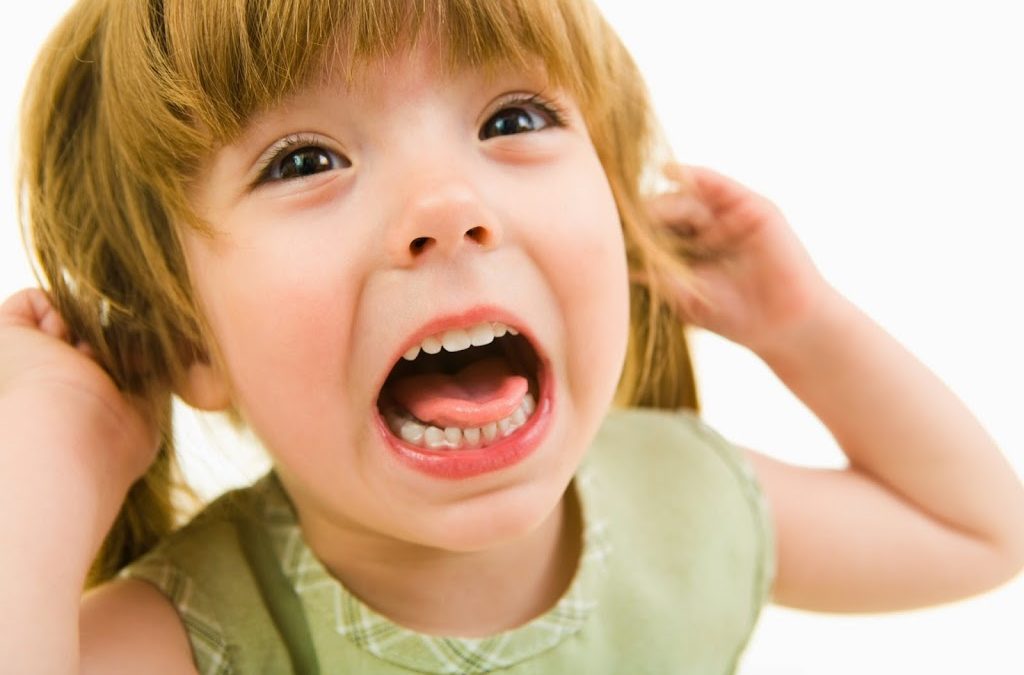Even though we all know that 2-year-olds are impulsive, it can still be tough to manage aggressive behaviors such as biting, hitting, pushing, or throwing. When a baby swipes at us or throws a rattle, we may think it’s cute. But somehow, it seems like toddlers and twos should “know better.” When they hit or throw, parents wonder if the child is destined to become a “bully.” And sometimes, even infant/toddler caregivers may feel ineffective when faced with “aggression” in young children, to the point of asking a family to leave the childcare facility if parents can’t “fix” the impulsive behaviors.
When is impulse control fully developed?
Before we discuss strategies, let’s look at the young brain. The limbic system, the emotional center of the brain, is the first to develop. This system houses the “fight, flight, or freeze” response. When a child is “triggered” by someone grabbing his toy, for example, he may hit, run away, or be completely subsumed with strong emotion. Two-year olds are impulsive and emotional for brain-based reasons. As they grow and develop, so does the brain. But not until the pre-frontal cortex gets formed in a young child does the capacity for impulse control and the ability to control strong emotions kick in. When does this happen? Not until a child is 6 or 7… Sorry.
As a parent or teacher of young children, you have the rare privilege of watching this process unfold over time. Luckily, you don’t have to wait until a child is 6 or 7 to begin to see behavioral improvements. Four-year-olds, for example, are much less likely to dart into the street or touch a hot stove than 2-year-olds. But even though young children may learn the difference between “right” and “wrong,” they will not be able to control this impulsivity fully until this brain development occurs.
Impulse Control Strategies for Children
In the meantime, there are still proactive impulse control strategies for managing children’s aggressive behaviors. One successful intervention technique is to stop the aggressive behavior and then immediately withdraw or neutralize your attention. Focus your first aid on the “target” or “victim,” and provide the aggressor some time and space to cool off. If the child is in full tantrum mode, she may need to cool off in her room or some other “safe” space.
Once the situation de-escalates, it’s time to start teaching new skills. How do you want your child to express anger, frustration, or disappointment? Teach her a replacement behavior that works for her, preferably something she can do that’s physical, not verbal. Asking a child to come “ask for help” when angered is not useful, because she isn’t in “thinking” brain, she’s stuck in “acting” brain. Communication with your child is important in this strategy.
Model these new impulse control strategies. In moments of anger, show how you jump up and down, clench and unclench fists, take deep breaths, hit a pillow, stomp on the floor—whatever you think might be an appropriate replacement behavior to express strong emotion. Watch your child and see what she does naturally. If her impulse is to kick, teach her to stomp hard instead. If her impulse is to hit, teach her to clench her fists, “shoot” energy out of her fingertips, or hit her fist into her hand. Then, praise the times your child chooses an alternative way to express anger. With practice and consistency, the child will adopt the new, more acceptable behavior, especially if she starts receiving positive feedback for choosing a different anger response.
If you’re having trouble supporting your child with impulsive behaviors, contact a Center for Children and Youth professional to connect you with a parent coach today!



